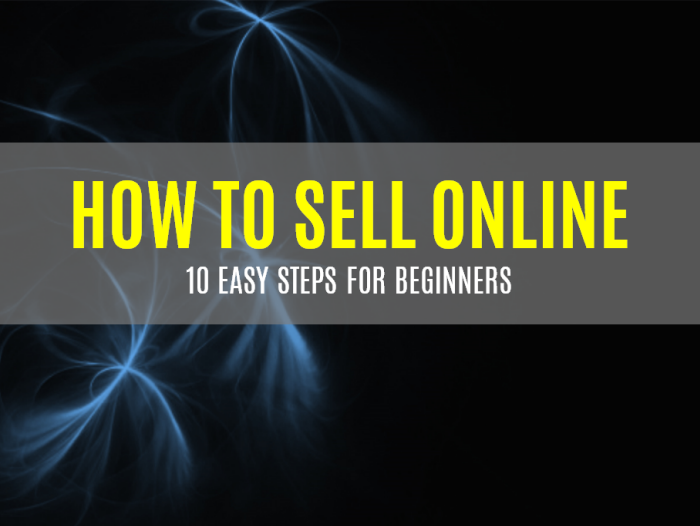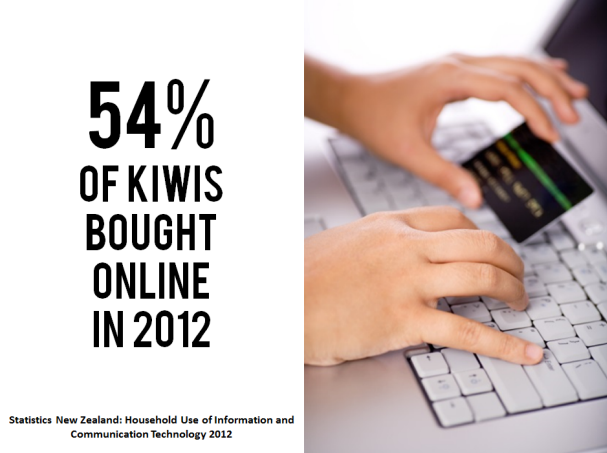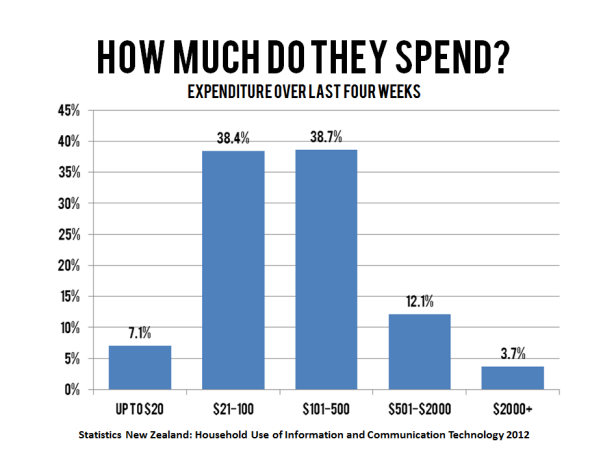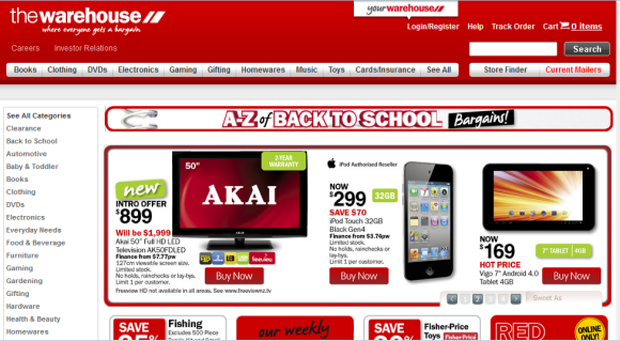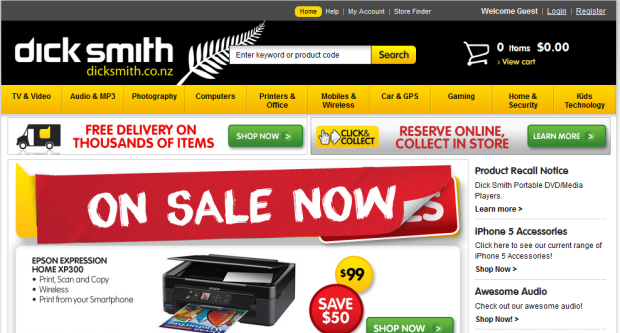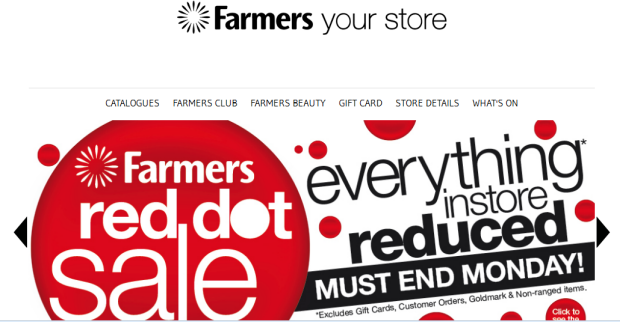So you want start selling online? That’s great! But where do you start, especially if you’re new to the whole business of selling online?
Here’s what we recommend:
1. Identify your potential customers
Every sale starts with a customer. If you think you’re going to sell to “everyone”, you’re sadly mistaken. Only an excruciatingly small proportion of the global population will want to buy what it is you have to sell.
So let’s get real. We won’t get fancy, at least not yet.
When you’re ready to get fancy, we’ll direct you to Tony Zambito and his definition of what he calls Buyer Personas, “research-based archetypal (modeled) representations of who buyers are, what they are trying to accomplish, what goals drive their behaviour, how they think, how they buy, and why they make buying decisions.”
For now, we’ll settle for a rudimentary customer definition that includes:
- Gender (Male, Female)
- Age Group (Children Under 8, 9-13, 14-17, 18-24, 25-34, 35-44, 45-54, 55-64, 65 Plus)
- Employment Status (student, full-time employment, part-time employment, unwaged, domestic duties, retired)
- Marital Status (single, in a relationship, married, divorced, widow/widower)
- Location (just your city, all of New Zealand, Australasia, Oceania, Southern Hemisphere, English-speaking countries, global)
- Interests (sporting, hobbies, arts & cultural)
- Media Habits (consume traditional media, predominantly online, heavy social media users, mostly mobile)
No, you won’t know all that information right away — but if you have existing customers, you can survey them. Otherwise, survey your new customers as you acquire them.
Why do you need to know this information?
Because it influences:
- What you sell to them (their needs/wants will vary based on their circumstances)
- What they can afford to pay
- How you sell to them (younger audiences prefer short copy, lots of pictures, ideally video)
- Where you sell to them (no point advertising on Facebook if they’re not there)
- When you sell to them (if they’re working, they won’t be buying much during work hours)
2. Choose what you’re going to sell
You may already have a product you’ve developed and plan to sell. In that case, skip to the next step. On the other hand, if you’re planning to sell someone else’s product(s), keep reading.
You may already think you know what sort of products you’d like to sell. But that may change once you’ve defined your customer more precisely (as noted above).
Alternatively, you may have decided on the types of products you want to sell, you just need to find out where to source them. In that case, may we recommend that you take a look at the Worldwide Brands Directory (www.worldwidebrandsdirectory.com). It’s a certified database of thousands of the best dropshippers and light bulk wholesale suppliers, who carry millions of drop-ship and wholesale products you can sell on the Internet. Worldwide Brands has been certifying these suppliers since 1999, and has built up an enviable reputation for its directory (you’ll find a review here: www.worldwidebrands-review.com).
3. Get your own web address
Yes, you could just have your own free web address on someone else’s site (yourbrand.freehost.com), but why would you (apart from the free part, of course)? That would be like setting up a shop inside a supermarket — everytime anyone asks you for your address, you end up promoting your landlord, not yourself.
If you think you’re only going to be selling to the New Zealand market, purchase a .CO.NZ web address (eg www.yourname.co.nz). There are plenty of domain name resellers, but we recommend www.discountdomains.co.nz — NZ .CO.NZ domains purchased there start at NZ$27.95 +GST per year.
On the other hand, if you think you’re likely to be selling internationally, sooner or later, look for a dotcom address — we recommend www.godaddy.com (but just for the address, not the hosting). Godaddy dotcom addresses typically start at around US$10.99 a year for the first year.
4. Get a website
Once you’ve registered your web address, sign up for a hosting account with global hosting provider Hostgator (http://bit.ly/explorehostgator). We host all our websites there, hosting is from US$3.96 per month (for unlimited storage and unlimited traffic), and their support is generally excellent.
During the signup process you specify your existing domain name and Hostgator will tell you how to transfer it to them.
Once you’re up and running you’ll have access to your website backend through an industry-standard service called CPanel. There are plenty of articles and video tutorials online about CPanel (just google “how to use cpanel”).
Using CPanel, set up some email accounts (eg info@yourdomain.com, support@yourdomain.com, etc). If you use Microsoft Outlook, you can set up separate accounts on your computer to clear each email account.
5.Install WordPress
Using CPanel’s “QuickInstall” facility, install WordPress (listed under “Blog Software”) – the software will be installed automatically on your website.
6. Add WordPress plugins
Once you’ve set up WordPress, your site will be ready for you to start adding content right away. However, for optimum effectiveness, you should add in a number of key plugins which add enhanced functionality. You can either google “best WordPress plugins” or use a service like WPFreshStart (http://wpfreshstart.com/ — currently costing around US$27), which quickly adds important plugins to make it easier for your site to be found through Google.
7. Set up a business account with www.PayPal.com, to handle payments by credit card
PayPal has no set-up costs, just a per transaction percentage (currently 3.4% + $0.45 NZD per transaction).
8. Add your estore
You’ll still need to add ecommerce functionality. Start with Shopify (http://bit.ly/exploreshopify). After a 14-day free trial, you’ll pay from (Starter plan) US$14 per month.
9. Market your estore
Once you’re set up, you’ll want to market your products online. Check out our Social Media Marketing courses to help you do that.
10. Learn much more about eCommerce
We would be remiss if we didn’t point you in the direction of our “Mastering eCommerce” course: www.ecommerce.org.nz/ecourses

